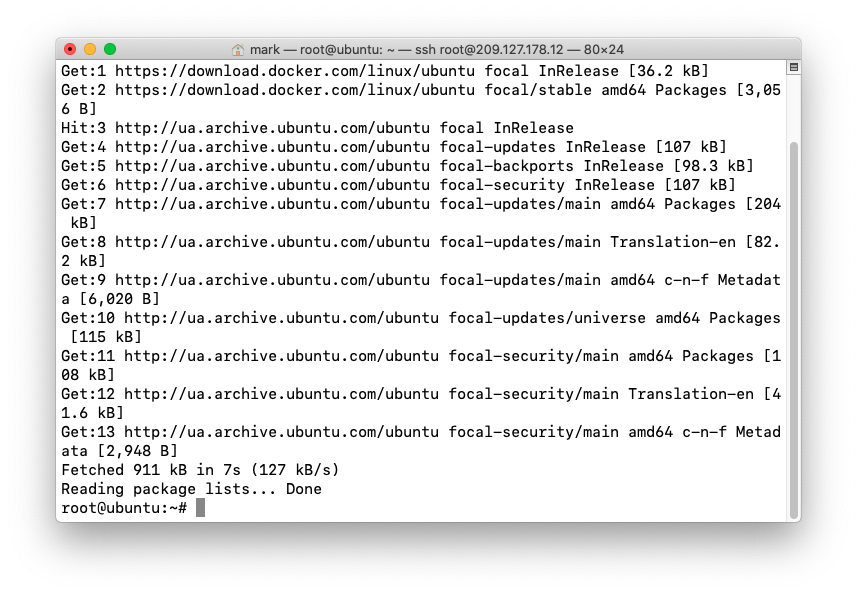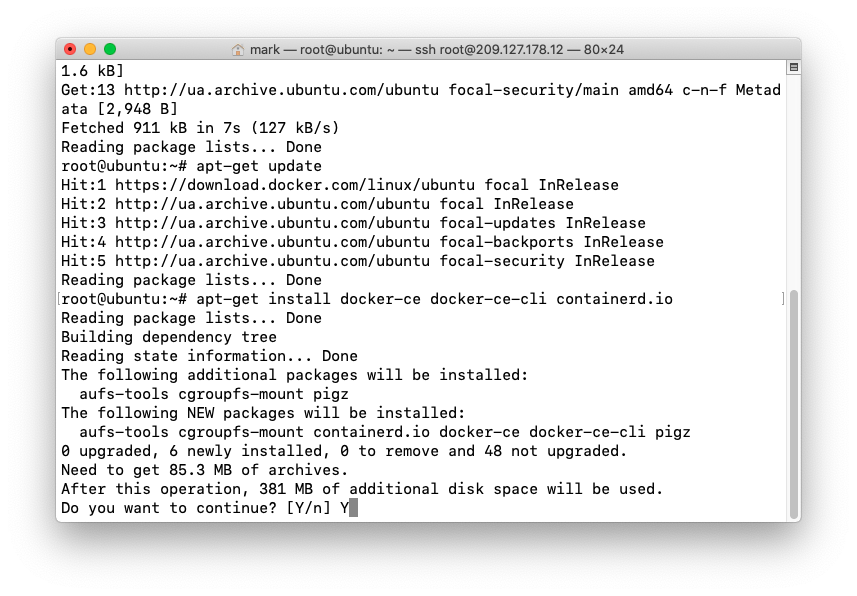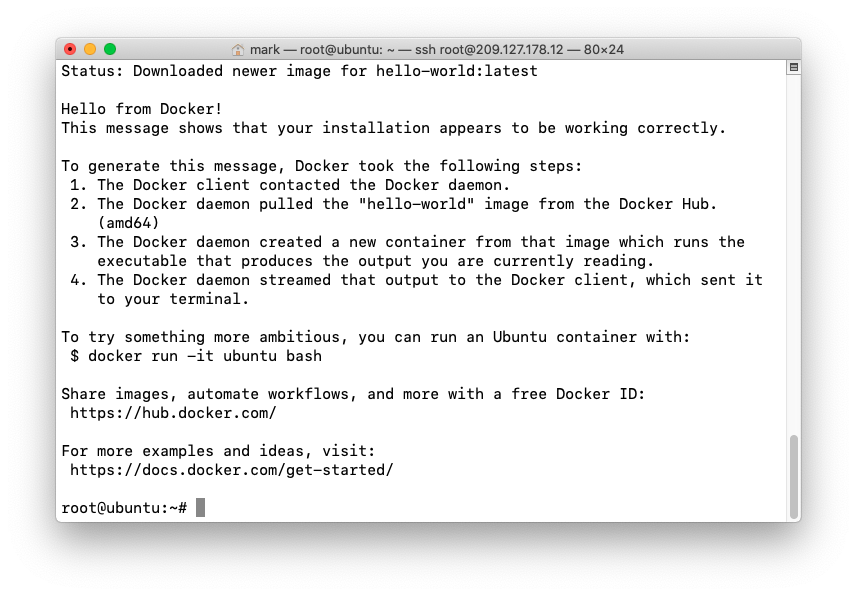Identity and Access Management (IAM) in Amazon Web Services (AWS)
Identity and Access Management (IAM) manages Amazon Web Services (AWS) users and their access to AWS accounts and services. It controls the level of access a user can have over an AWS account & set users, grant permission, and allows a user to use different features of an AWS account. Identity and access management is mainly used to manage users, groups, roles, and Access policies The account we created to sign in to Amazon web services is known as the root account and it holds all the administrative rights and has access to all parts of the account. The new user created an AWS account, by default they have no access to any services in the account & it is done with the help of IAM that the root account holder can implement access policies and grant permission to the user to access certain services.
How IAM Works?
IAM verifies that a user or service has the necessary authorization to access a particular service in the AWS cloud. We can also use IAM to grant the right level of access to specific users, groups, or services. For example, we can use IAM to enable an EC2 instance to access S3 buckets by requesting fine-grained permissions.
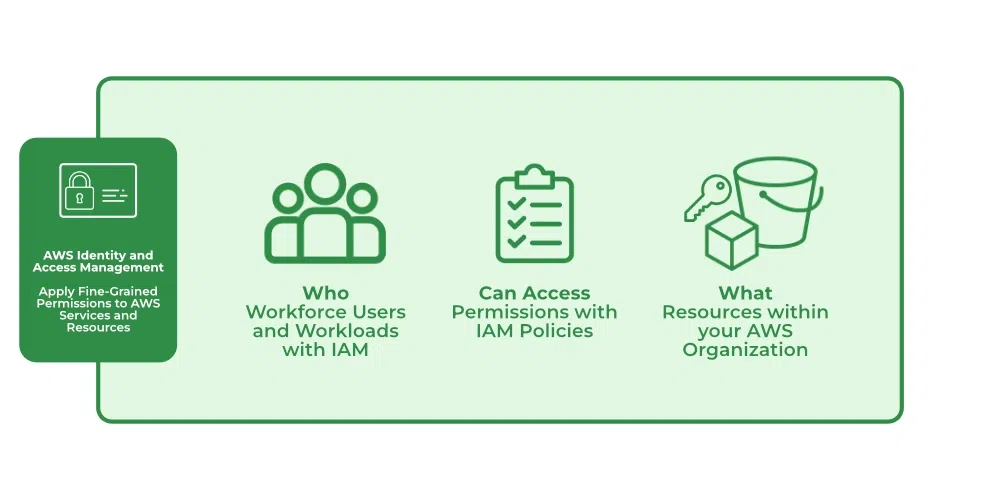
What Does IAM Do?
With the help of IAM, we perform the following
IAM Identities
IAM Identities assists us in controlling which users can access which services and resources in the AWS Console and also we can assign policies to the users, groups, and roles. The IAM Identities can be created by using the Root user
IAM Identities Classified As
- IAM Users
- IAM Groups
- IAM Roles
Root user
The root user will automatically be created and granted unrestricted rights. We can create an admin user with fewer powers to control the entire Amazon account.
IAM Users
We can utilize IAM users to access the AWS Console and their administrative permissions differ from those of the Root user and if we can keep track of their login information.
Example
With the aid of IAM users, we can accomplish our goal of giving a specific person access to every service available in the Amazon dashboard with only a limited set of permissions, such as read-only access. Let’s say user-1 is a user that I want to have read-only access to the EC2 instance and no additional permissions, such as create, delete, or update. By creating an IAM user and attaching user-1 to that IAM user, we may allow the user access to the EC2 instance with the required permissions.
IAM Groups
A group is a collection of users, and a single person can be a member of several groups. With the aid of groups, we can manage permissions for many users quickly and efficiently.
Example
Consider two users named user-1 and user-2. If we want to grant user-1 specific permissions, such as the ability to delete, create, and update the auto-calling group only, and if we want to grant user-2 all the necessary permissions to maintain the auto-scaling group as well as the ability to maintain EC2, we can create groups and add this user to them. If a new user is added, we can add that user to the required group with the necessary permissions.
IAM Roles
While policies cannot be directly given to any of the services accessible through the Amazon dashboard, IAM roles are similar to IAM users in that they may be assumed by anybody who requires them. By using roles, we can provide AWS Services access rights to other AWS Services.
Example
Consider Amazon EKS. In order to maintain an autoscaling group, AWS eks needs access to EC2 instances. Since we can’t attach policies directly to the eks in this situation, we must build a role and then attach the necessary policies to that specific role and attach that particular role to EKS.
IAM Policies
IAM Policies can manage access for AWS by attaching them to the IAM Identities or resources IAM policies defines permissions of AWS identities and AWS resources when a user or any resource makes a request to AWS will validate these policies and confirms whether the request to be allowed or to be denied. AWS policies are stored in the form of Jason format the number of policies to be attached to particular IAM identities depends upon no.of permissions required for one IAM identity. IAM identity can have multiple policies attached to them.
IAM Features
Shared Access to your Account: A team working on a project can easily share resources with the help of the shared access feature.
- Free of cost: IAM feature of the Aws account is free to use & charges are added only when you access other Amazon web services using IAM users.
- Have Centralized control over your Aws account: Any new creation of users, groups, or any form of cancellation that takes place in the Aws account is controlled by you, and you have control over what & how data can be accessed by the user.
- Grant permission to the user: As the root account holds administrative rights, the user will be granted permission to access certain services by IAM.
- Multifactor Authentication: Additional layer of security is implemented on your account by a third party, a six-digit number that you have to put along with your password when you log into your accounts.


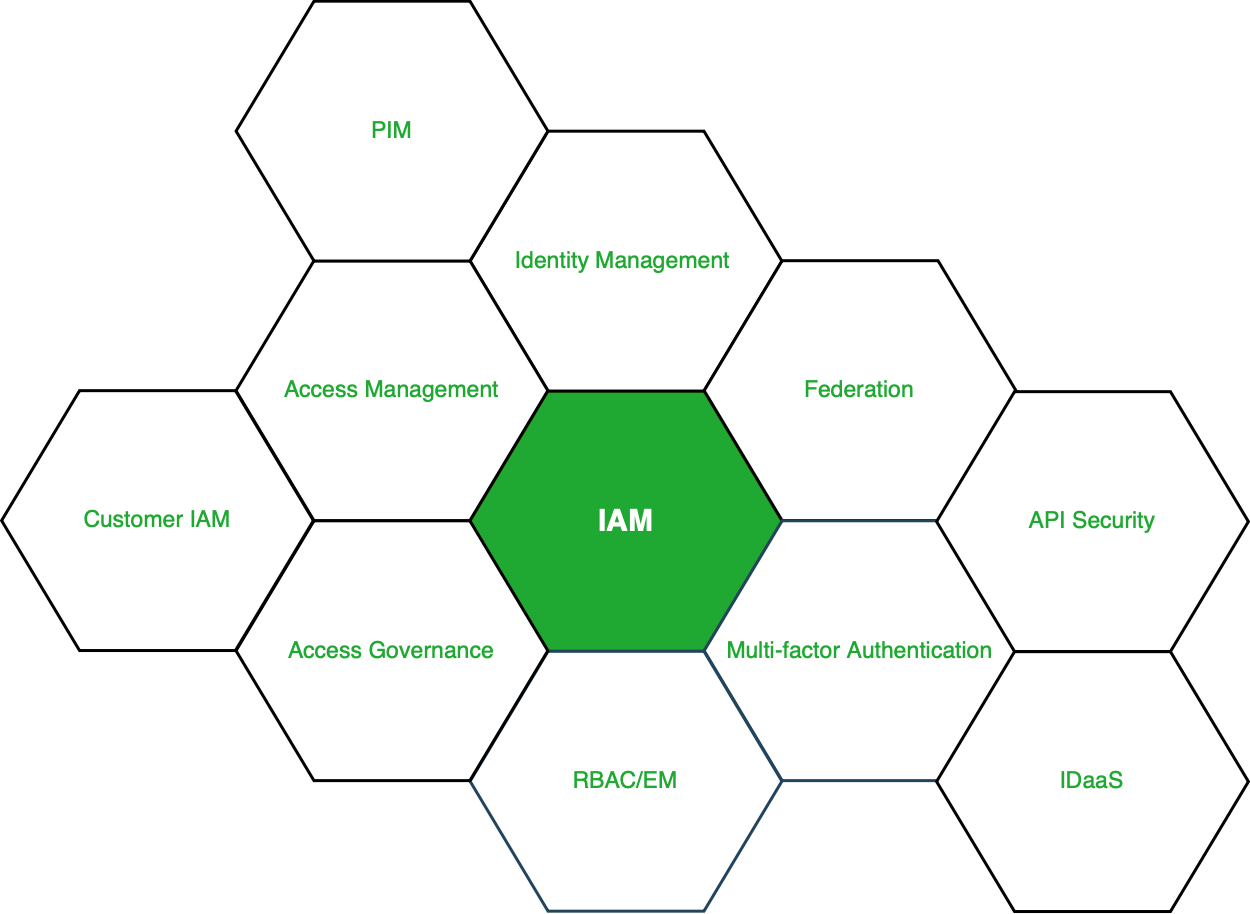 Figure – Services under IAM
Figure – Services under IAM


